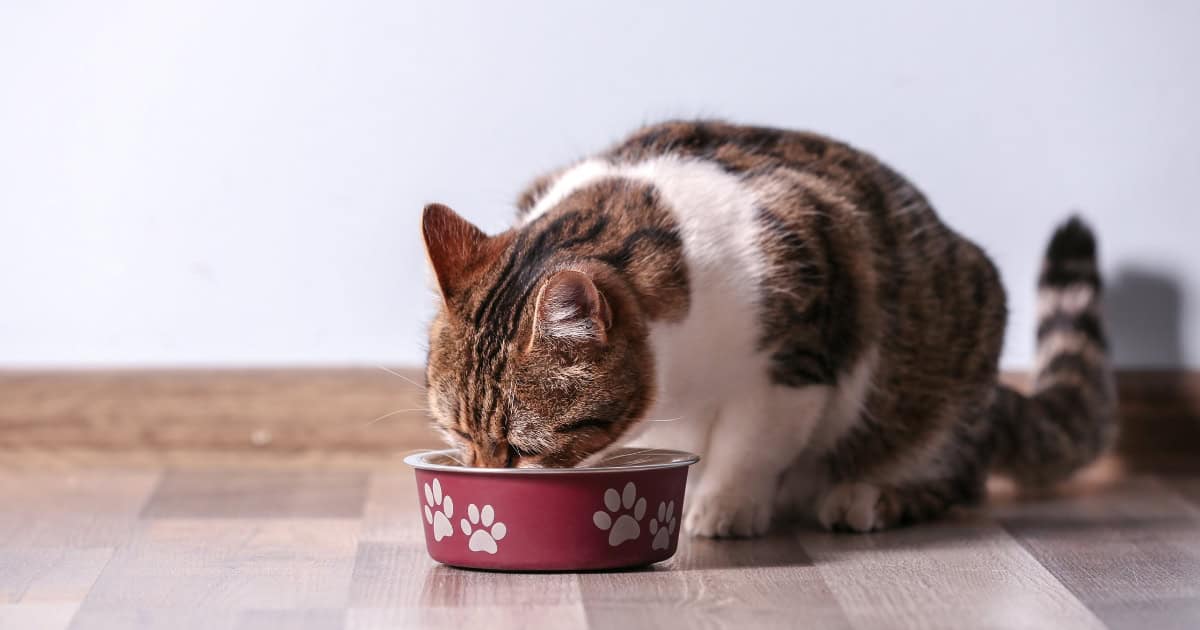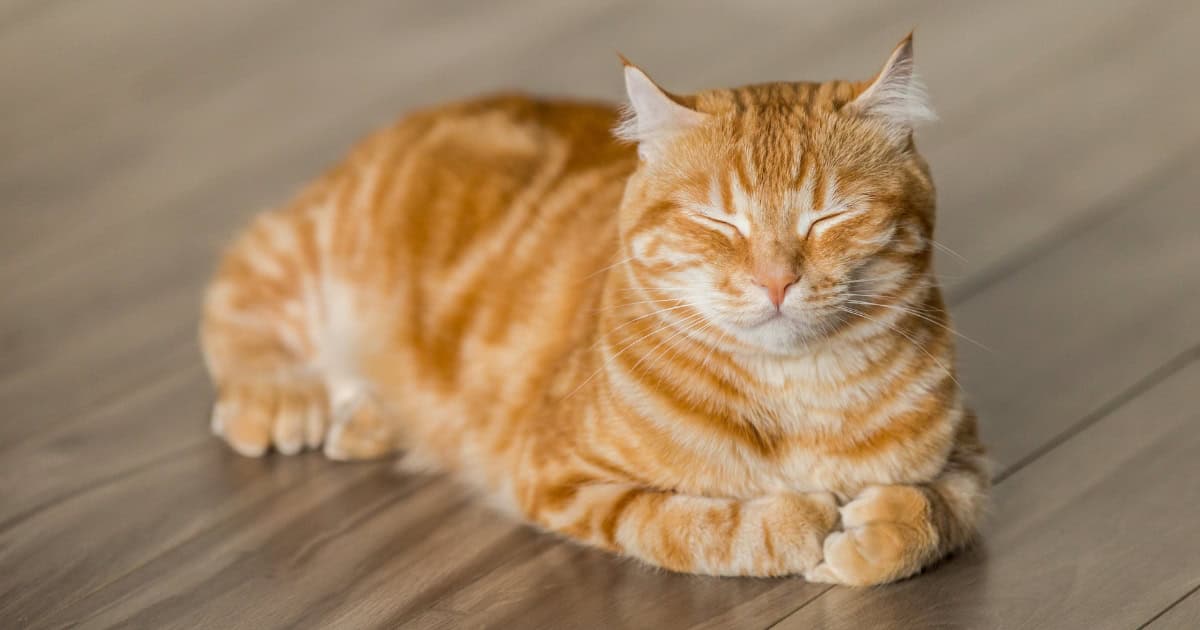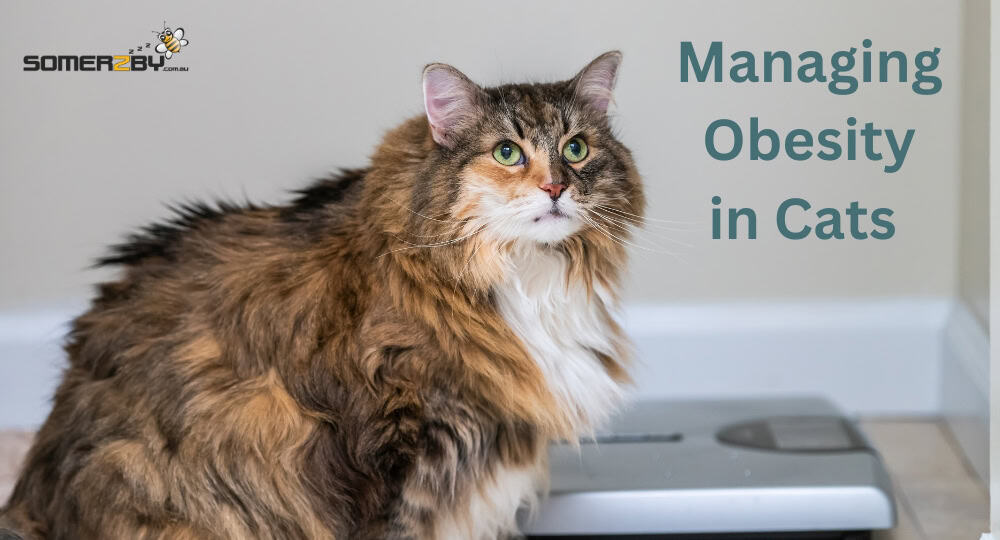Cats
Managing Obesity in Cats – Top Tips to Keep Your Cat Trim
Obese Cats
Like us, our beloved animal friends can also over indulge and gain those unwanted kilograms! As our pet carers it’s easy to over feed them, spoil them lots of treats and sometimes forget to exercise them. Our furry friends as a result gain weight and can become obese! Suddenly your cats shadow is bigger than yours and they are getting stuck in the cat flap!
So what can we do to help them manage their weight?
Dangers of Obesity
Firstly you might not think it’s that bad that your cat is looking a little more round these days, they may seem happy and look super cute, but the truth is with all that extra weight lurks a large amount of health issues and concerns that can become seriously dangerous to your cat. Obese cats can have a reduced lifespan and poor quality of life along with an increased chance of them having;
- Heatstroke – fatty tissue generates more heat.
- Pancreatitis – fatty tissue promotes inflammation, to which the pancreas is susceptible.
- Airway constriction and tracheal collapse – due to the physical effects of excess fatty tissue around the airways.
- Heart failure and circulatory problems – due to hard work to push blood around the extra body weight in an obese animal.
- Osteoarthritis – through an increased strain on bones and joints due to increased weight.
- Diabetes mellitus – excess fatty tissue causes insulin resistance or can be secondary to pancreatitis.
- Urinary tract infections – due to excess fatty tissue interfering with the normal process of urinating.
- Liver disorders – build-up of fatty tissue in the liver leads to decreased liver function.
- Skin conditions – due to the build-up of debris between skin folds and secondary bacterial infections.
- Coat problems – due to difficulty grooming.

How to Tell if Your Cat is Overweight
Animals are considered overweight when they are 10-20% over their ideal weight; an obese animal is at 20% or more. Your cat may be slow to move or sluggish and be sleeping more than usual or even seem depressed.
When your cat is lying on his side you should be able to see a visible waistline. When you run your hands alongside your cat, you should easily be able to feel their ribs and bones. If you have to fight your way through the fat to get to a rib, you can assume that your cat is a bit overweight. At the same time, if you cannot easily spot your cat’s waistline, it might be time for a diet.
Before you place your cat on a diet make sure you get them checked over by your vet, this will also eliminate any disease or illness that may be causing your cat to gain weight.
Managing Food Intake
Feed smaller, portion controlled meals at breakfast and dinner. Switch to a low calorie food – preferably in the same brand already given as this will make the switch easier (make sure you discuss this with your Vet before making changes to your pets diet).
Try to cut back 10-15% of what you are already feeding your cat – your goal is for your cat to lose between .5 -2% of their bodyweight each week. Record any weight loss/ weight gain and food portions.
Be treat wise! – It’s ok for them to have them occasionally– consider low calorie treats.
Exercise
Cats need to be active and a great way for you to help your cat manage their weight is to play and have them regularly exercise.
Toys made from cardboard roll and feathers are great to get them moving, tie them to some string and have them chase it. Shine a flashlight on the wall or floor so they can also chase and hunt the spotlight.
Somerzby have a great range of enclosure and runs The large Cat Run/Enclosure extension has the flexibility to be used on its own, or attached to our Homestead or Manor Cat Enclosures for extra space.
The Mansion Run is a smaller version which attaches to the Mansion or can be used on it’s own for smaller yards.
Simply add some toys and areas for your cat to hide and you’ve got a fantastic outdoor play area to keep your cat active and help keep the kilo’s down!

Prevention
How can you help prevent your cat from being obese in the first place? Just like most things in life, prevention is best.
- Feed your cat 2-3 portions of food daily.
- Avoid leaving a bowl full of food out – portion control, don’t over fill the bowl!
- Add wet food to your cat’s diet – your cats diet should be nearly half wet food.
- Feed your cat quality, high protein cat food.
- Avoid over feeding your cat.
- Avoid giving your cat table scraps or too many treats.
- Exercise on a regular basis.
See Also:
- Everything You Ever Wanted To Know About Cats
- Top Grooming Tips for Your Cat
- The Ultimate Home for Your Kitty Cat




